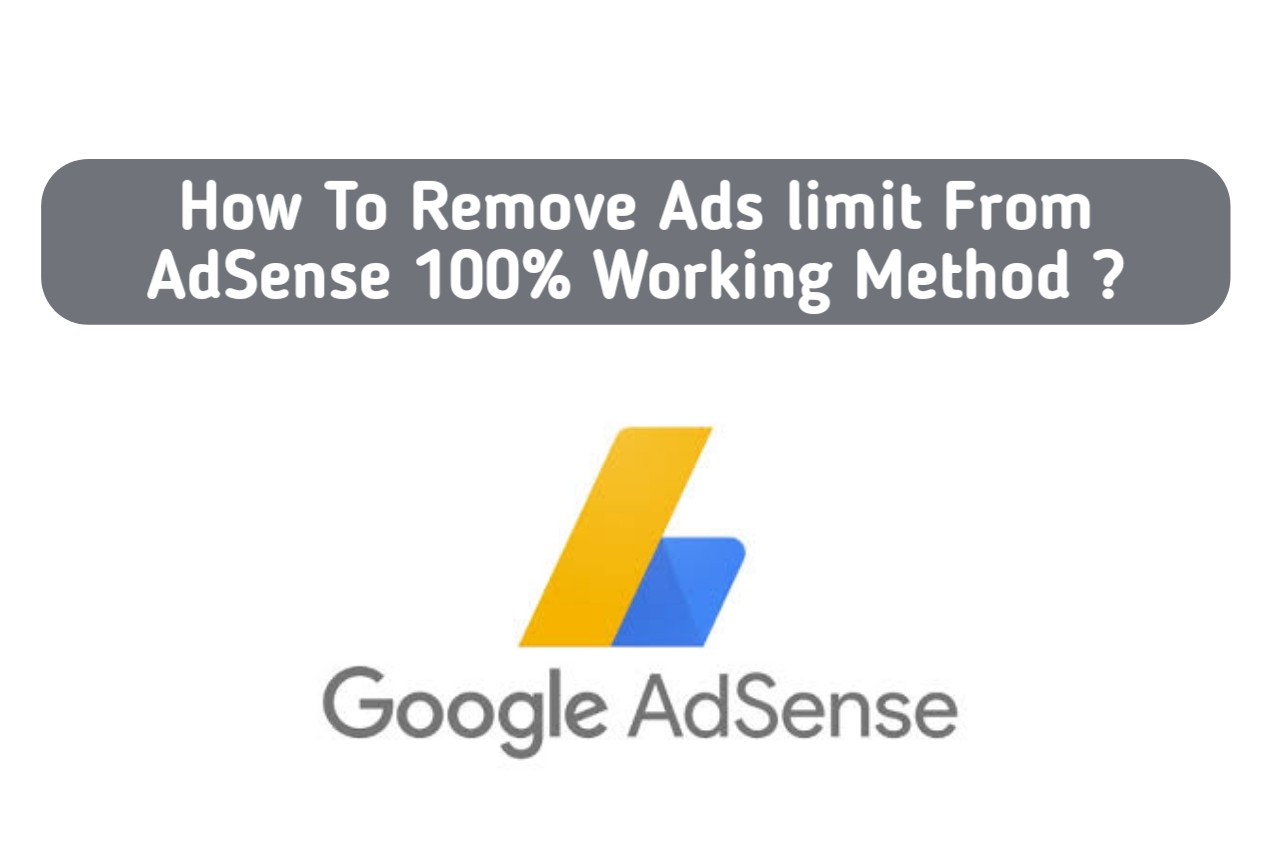
Today we will know what SERP is. We know that there are crores of pages on the Internet, but according to our search, only a few are necessary for us. In other words, whenever you search the Internet, you’ll find these results, the search results show you about it.
Or we can say that whenever someone does some search on the search engine through keywords, you get listed in the search results according to your query. These search pages are also called SERP.
Bloggers are especially affected by such factors since SERP (SEO Results Pages) play a significant role in search engine marketing and your content appears in Google’s SERP, your blog will automatically get organic traffic. The traffic you will receive from this will be huge. But it’s not that easy to get to in front of SERP as there is a lot of competition.
That’s why you need to know how SERP works and how we can rank our content on the top page of SERP, which will increase our visibility significantly. Today, we will learn everything we need to know about what SERP is and what is its importance. Then without delay, let’s start and know what SERP is.
What is SERP – What is SERP?
Simply put, SERP is the web page that search engines show when searching for a keyword. Primarily, major search engines typically display three types of listings in their SERPs:
- Listing that Search Engine Spiders have indexed
- Listing that someone in a search engine directory has indexed
- To list those listings for which money has been paid in search engines
The full form of SERP is “Search Engine Results Pages.” For those who don’t know, it is an acronym for the word SERP. So whenever you make a Google query, the pages you see in the search results are the SERPs.
The Page Rank of your SERP is also known as your rank in the search engine results page. Therefore, a high page rank means you will be seen by a lot of people. it will automatically appear on the first page of search results. And due to this, more people will come to your website automatically, and the impression of your site will increase.
Statistics have shown that more than 75% of people do not go beyond the first page when searching. So it is justified that it becomes important for anyone to come on the front page.
What is a Search Engine Results Page, and how does it work?
Search Engine Results Pages are those web pages that, with the help of search engines like Google, are given to the users when they do some online searches.
The search query is what users type into Google (where they use specific words and phrases to search), also known as keywords), the search engine provides them with SERP in return.
All SERPs are unique, even if they are not used in the same search engine using the same keywords and search queries. This is because almost all search engines present their results according to user experience.
Which depends on many factors like the physical location of the user, browsing history, and social settings. Two SERPs may look alike, but they also have differences.
The presence of SERPs is constantly changing as search engines like Google, Bing, and other search engine providers strive to provide even better results to their users. They are constantly changing their search technology, so today’s SERP differs quite from its former SERP.
Organic Results
Paid search results and organic search results are the two types of content found in SERPs. Organic results are web pages that appear according to the search engine’s algorithms.
SEO professionals who specialize in optimizing web content and have a big hand in ranking the website work more on these organic results.
Some SERPs show more organic results than others, as different searches have different intents. There are mainly three primary types of Internet search:
- Informational
- Navigational
- Transactional
Informational searches are those where the user thinks they will find information on any topic. There is no point in placing ads in this type of SERP as they are of less commercial intent. The purpose of coming here is not to buy anything.
Navigational questions are where users want to locate a specific website through their search. In such a situation, it may also happen that the user does not know the URL of a website properly and is trying to find it by searching.
Finally, they are called transactional searches, where the paid results are mainly displayed in the SERP. Transactional searches have a high business purpose, and the search query is almost certain to contain certain keywords such as “buy,” which generates a desire to buy something in users’ minds.
Paid Results
Unlike organic results, in paid results, the results are paid by advertisers to appear in the search. As we discussed earlier, Paid Results used to be very small, mainly text-based advertisements displayed above the Organic Results.
Therefore, Paid Results can only be used by those with money available for investment. These are much more expensive than Organic Results.
Popular Features of SERP
Here I will discuss with you some very popular features of SERP, which you were probably unaware of until now. So let’s get to know them better.
- Adwords (Bottom)
Description
There are several traditional Adwords ads, but the most common are those displayed above and below Organic Results, at the top and bottom of the left-hand column. All ads have colored labels next to them.
Obtainability
“Ads are primarily ranked based on how relevant and useful they are to the people searching for them. These are the only reasons it depends on.
- Adwords (Top)
Description
There are several traditional Adwords ads, but the most common are those displayed above and below Organic Results, at the top and bottom of the left-hand column. All ads have colored labels next to them.
Obtainability
“Ads are primarily ranked based on how relevant and useful they are to the people searching for them. It depends only on these few reasons.
- Featured Snippet
Description
Whenever Google wants an answer to a question not located in the core knowledge graph, it tries to index the same answer.
A particular category of organic results is created where the information is extracted from the main target page and is present.
It is more likely that people will click on featured snippets than organic results.
Obtainability
Featured Snippet, commonly found everywhere:
- This is often the SERP. This document appears on page one. The material is often extracted from the main page, which answers questions correctly.
- This is more important for pages already ranked 1-5 on a search query.
- Image Pack
Description
Image packs are those results shown on the side of the horizontal row of an image link, and on clicking on which, you will get Google Image Search.
Image packs can appear in any organic condition.
Obtainability
Image packs are those impressive results that appear only when a specific search is performed, and the visual content in it is the most valuable.
They use more ranking rules than the original Organic algorithm.
Along with image content, it is recommended that some best practices should also be followed, such as:
- Descriptive file name
- Descriptive alt text
- Human-readable URL
- Optimized image size
- Title attribute included
- In-Depth Article
Description
For any broad and vague terms, Google provides an “in-depth” article block almost indistinguishable from Organic Results.
They follow various ranking rules that differ from the original Organic Results and are dominated by large publishers. There are three articles in each block and which are in an organic condition.
Obtainability
Especially large and highly authoritative publishers win mainly in-depth articles. Which have some special features:
- Long-form content (2000-5000 words)
- Schema article markup
- Authorship markup
- Unique, high-quality writing
- Knowledge Card
Description
Knowledge cards (part of the Knowledge Graph) cover a great deal of ground, ranging from semantic data from human-edited sources to semantic data extracted from Google indexes and private data sharing.
These appear mainly at the top of the SERP in desktop search.
Obtainability
The results of all Knowledge Cards are either based on human-edited data, or they are displayed based on the results of data contracts with partners.
Because of this, it is very difficult for any site to appear in the Knowledge Card.
Knowing which keywords are affected by the Knowledge Graph will make it easier for us to prioritize keywords, along with knowing how Google stores entity data.
- Knowledge Panel
Description
Knowledge Panel (aka Knowledge Graph) Like Knowledge Cards, semantic data is extracted from various human-edited sources such as Wikidata and data extracted from the Google Index from private data partnerships.
They mainly appear on the right side of the SERP in desktop search.
Obtainability
All Knowledge Panel results are either based on human-edited data, or they are displayed based on the results of data contracts with partners.
Due to this, appearing in the Knowledge Panel can be difficult for any website.
Knowing which keywords are affected by the Knowledge Graph will make it easier for us to prioritize keywords, along with knowing how Google stores entity data.
- Local Pack
Description
Google believes that keywords with local intent are always included in the SERP Local Pack, where the most important three physical locations selected by Google are placed.
The SERP in mobile always favors this feature.
Obtainability
Local SEO has changed significantly over the years, and local features are evolving quickly. If you also have a local business, you will have to get acquainted with Google’s local space soon.
- Local Teaser Pack
Description
Like the local pack, it contains the local business results of three packs shown on the map, along with additional information such as opening hours, reviews, images, etc.
Obtainability
Local SEO has changed significantly over the years, and local features are evolving quickly. If you also have a local business, you will have to get acquainted with Google’s local space soon.
- News Box
Description
Time-sensitive and news-worthy topics can generate a slew of results through Google News. Since the “In the News” update appeared in 2014, many sites have been able to rank in news blocks.
Obtainability
Getting results from Google News is a very different process that is very different from Organic Results.
- Related Questions
Description
The Related Questions Card shows algorithm-generated questions that Google thinks are related to the search.
All questions are expanded and appear as if they are featured snippets. Related questions are mixed with organic results, and their location in the SERP may vary.
Obtainability
Related questions may appear to be related to Featured Snippet in some way. In almost all cases:
- Related Questions are also called Featured Snippet Keywords
- The winner in Featured Snippet is also called the winner of Related Questions.
You can see some small CTR bumps by winning in Related Questions. But Related Questions Featured Snippet helps us a lot in Keyword Opportunity Search.
- Reviews
Description
Review star and rating data are sometimes displayed for products, recipes, and other relevant items. Review/rating data is always shown between the destination URL and the Snippet.
Better-rated results have higher CTR.
Obtainability
Google’s rules on which stars in results depend have not yet been published, and they vary by industry. But at least the page must have schema markup for review.
- Shopping Results
Description
Paid Shopping Results or Product Listing Ads (PLA) are used to sell products that directly contain rich information, such as images and pricing.
Obtainability
Like Adwords, Shopping is also a paid placement.
Whether in the paid search business or not, it is great to know when you are competing with Paid Results for Organic Results.
- Site Links
Description
Google displays an expanded pack of 10 site links whenever one searches for the exact domain. The 5 Organic Positions dominating the SERP in this pack are mesmerizing.
There are a number of ways in which site links can benefit your website:
- By generating high CTR from SERP
- By reaching users to the page of their need as soon as possible
Obtainability
The three main reasons that drive site links to appear in the SERPs are:
- Site links associated with branded terms are the most common type of query
- Site Traffic – Site Links that mainly appear in large branded sites with higher traffic
- Your website should be marked up with SearchAction anchors.
- Tweet
Description
Since 2015, Google has started displaying Tweets directly in the SERP, which displays mixed with Organic Results. Unlike Google+ Results, personalization on Twitter has no effect.
Obtainability
Twitter results are not organic in the usual sense, but they enhance the visual presence of any brand in the SERP.
- Videos
Description
The thumbnail is displayed in Video Results (especially on YouTube). They used to be true verticals before, but they also seem to be more organic growth.
Obtainability
Video results are displayed only for certain keywords. It is important to have at least video schema markup on the page.
What did you learn today?
By now, you must have understood SERP and how it works. So, if you have a website or blog, how important is it for them to come on the top page of SERP? I sincerely hope that I have given you complete information about what SERP is and how it works, and I hope you have understood it.
My request to all of you readers is that you also share this information with your neighbors, relatives, and friends, which will bring awareness to us and benefit everyone greatly. For more information to be passed along to you, I would appreciate your cooperation.
It has always been my endeavor to help my readers from all sides. If you have any doubts, you can feel free to ask me. I will try to clear those doubts.
Did you like this article? What is SERP, and how does it work? Please let us know by commenting so that we, too, get a chance to learn from your thoughts and improve something.
If you have read our article completely, then by now, you must have got all this information, and you must have got the answer to your question, which you came to our blog while searching.
So how did you like today’s post, do tell us by commenting and subscribing to the email newsletter to get more such posts in the future.







